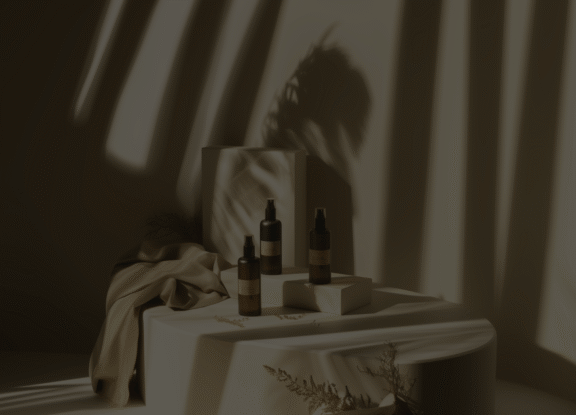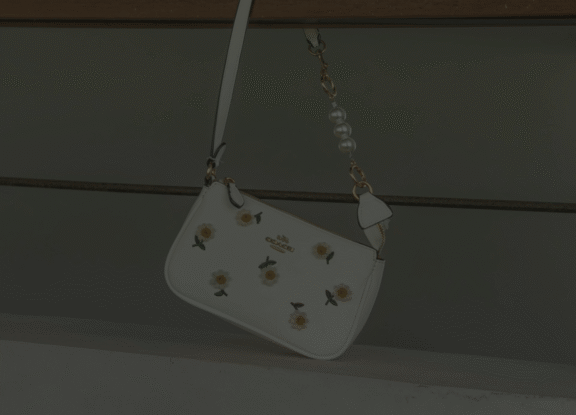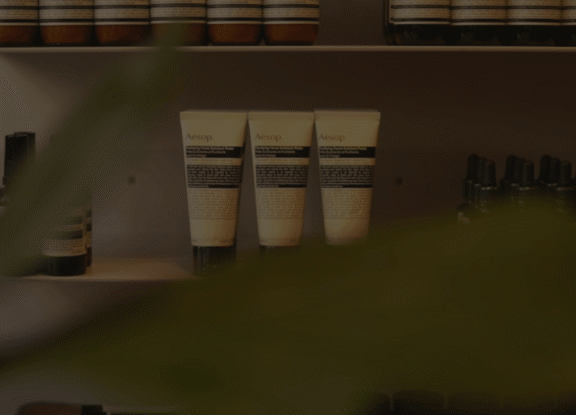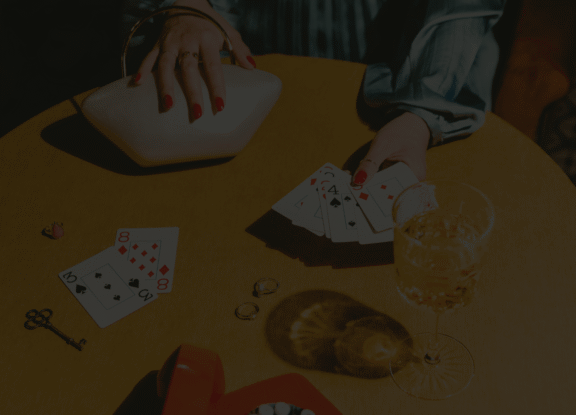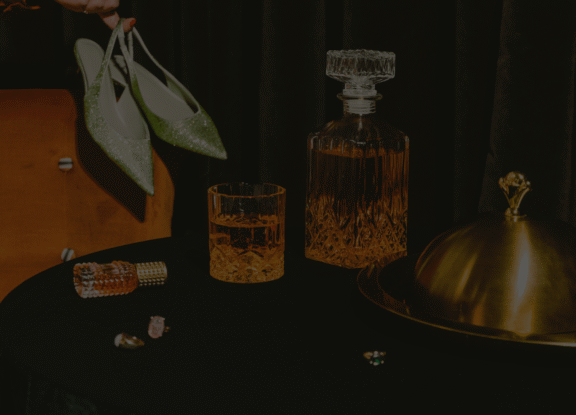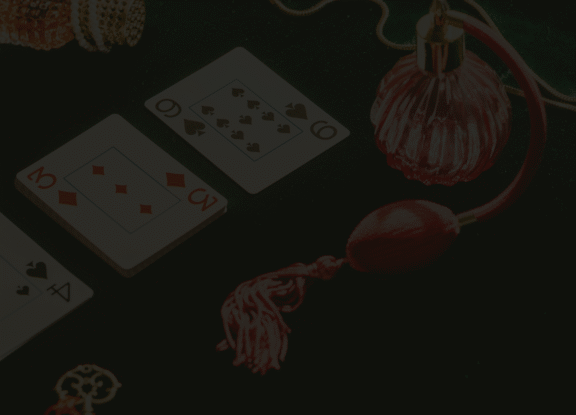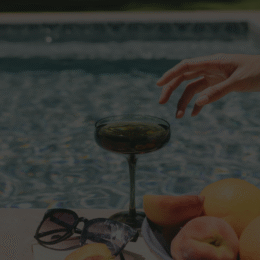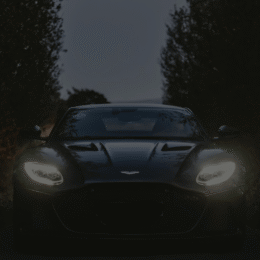The Secret Sauce Behind Every Iconic Luxury Brand
Every high-end brand you drool over has one thing in common—and no, it’s not the actual product. It’s the feeling they sell. And that feeling? It’s engineered. On purpose. With strategy. And a little bit of psychological sorcery.
Because here’s the real tea: people aren’t lining up to drop $30K on a Birkin because it holds their keys better than a Zara tote. They’re buying identity. Belonging. Power. And a sprinkle of smug satisfaction. You’re not just buying a bag. You’re buying what the bag says about you before you even speak. It says “I have arrived”.
Luxury branding is all about psychological influence—but like, the elegant kind. The kind that whispers, “You’re one of us now.” And it’s built less on product features and more on how the whole thing makes you feel. That’s the sweet spot. Neuroscience even backs this up—when we make purchasing decisions, our emotional brain fires before our logical one even wakes up.
→ If you want to understand the difference between premium and luxury → https://carolynne.me/premium-vs-luxury-branding/
So if you’re a personal brand trying to play in the luxury arena but you’re still focusing on bullet points and service lists? Babe, you’re missing the point. It’s not about what you offer—it’s about how it feels to work with you. That’s what creates desire.
And in this Business of Luxury briefing, I’m about to spill the top seven of the secret luxury triggers big brands use (and how you can totally, ethically, steal them).
Let’s go.

The 7 Psychological Triggers That Drive Luxury Branding
Luxury brands don’t hope you want what they’re selling. They orchestrate it. Every velvet rope, every mysterious product drop, every stone-faced sales associate saying “Sorry, we don’t have that in stock” while you’re making direct eye contact with a full shelf in the back—it’s all part of the game.
And guess what? That game is psychology.
These aren’t just random marketing tactics. They’re deeply rooted, scientifically-backed, emotionally-manipulative mind spells that flip your brain into saying, “Yes, I’ll take it in every colour.”
And here’s the juicy part: you can totally use these same triggers in your personal brand—without becoming an evil overlord. Use them with integrity and your clients won’t just want to buy from you—they’ll be begging to.
Little Legal-ish Note
And before someone sends a cease and desist to my inbox—no, I’m not saying these brands are out here consciously scheming in villain lairs. Maybe they are naturally creating scarcity. Maybe it’s just vibes. I’m not here to accuse, I’m here to decode. Luxury, by the nature of the beast, has these psychological effects built in. They’re not always intentional—but they are powerful.
Take what works. Use it wisely. Be ethical. Be iconic.
How to Ethically Use These Triggers in Your Personal Brand
This is where things get spicy. I’m not just naming the psychological tricks luxury brands use—I’m showing you exactly how to use them to elevate your brand, command premium pricing, and have clients feeling lucky just to work with you.
And yes, we’re keeping it ethical. No trickery. Just strategy that feels like magic.
Stay tuned until the end because I have an unapologetically extra bonus just for you—the Luxury Trigger Concierge. It’s like an AI prompt, lie detector for your sales copy… but make it Chanel.
💼 Luxury Brand Psychology Cheatsheet
| Trigger Name | Fancy Psychological Term | Brand That Does It Best | How You Can Steal It Ethically |
|---|---|---|---|
| The Veblen Flex | Veblen Effect | Hermès | Make your premium offer the most expensive—and the most desired. |
| Hot Commodity Trick | Scarcity Principle | Rolex, Chanel | Limit availability or spots. Make access feel earned. |
| The Identity Mirror | Self-Concept Theory | Liquid Death, Dior | Tie your brand to your client’s aspirational self. |
| The Glow-Up | Halo Effect | Rolls-Royce, | Use luxe visuals and sensory cues to elevate perception. |
| Tribe Signal | Social Identity Theory | Van Cleef, | Show your audience that “people like us” already buy. |
| Brain Hack Branding | Neuromarketing | Apple | Design your brand to emotionally trigger memory and desire. |
| Emotional Contagion | Affective Forecasting / Emotional Priming | Chanel | Make people feel the transformation before they ever pay. |
1. The Veblen Flex
🧠 Psych term: Veblen Effect
It’s that deliciously illogical moment when a sky-high price tag makes something more desirable. The Veblen effect flips the script: the more expensive it is, the more people want it—because exclusivity whispers “status,” and status sells like Krug champagne at fashion week.
💼 Brand example:
- Hermès: You can’t just waltz in and buy a Birkin—even if you’ve got the cash. You have to “earn” the right to purchase it through prior spending. That insane price tag doesn’t scare people—it lures them in because of what it signals: status, exclusivity, insider access.
- Ferrari: Same energy. Want a LaFerrari Aperta? Better start with an entry-level Ferrari and build a relationship. It’s not about the car—it’s about the club. That’s classic Veblen: the more it costs, the more people crave it because it’s a signal of elite membership.
✨ Your move: Create a high-tier offer that’s unapologetically expensive—and visibly in demand. Most won’t buy it. But it makes everything else look incredibly reasonable. Power move? Always show it first. And yes, it’s a psychological trigger—but one rooted in real value. You’re not scamming people, you’re setting a standard. So long as your mid-tier delivers serious results, this pricing ladder is totally fair game.
2. Hot Commodity Trick
🧠 Psych term: Scarcity Principle (Cialdini)
Scarcity is the ultimate power move—it taps into our primal fear of missing out. When something is limited, we want it more. It’s not just hype—it’s human wiring. And luxury brands wield this like a velvet sledgehammer.
💼 Brand example: Rolex “sells” out of everything while magically keeping displays full. Chanel limits purchases “per client” but somehow always finds stock for VIPs. That’s not coincidence—it’s theatre.
✨ Your move: Introduce a cap—5 VIP spots per quarter, limited client applications, seasonal availability. Why? Your time is finite. Make sure they feel that. But be real: artificial scarcity only works when there’s actual demand. This isn’t about faking it—it’s about preserving your energy and making your work feel rare because it is.
3. The Identity Mirror
🧠 Psych term: Self-Concept Theory
Luxury isn’t just about what you wear—it’s about who you think you are (or want to be). Self-Concept Theory says we’re always buying to affirm or elevate our identity. Translation? That Chanel bag is doing more for her self-worth than her therapist.
💼 Brand example: Liquid Death isn’t selling water. It’s selling punk-rock, metalhead, hydration-warrior cool in a can. Dior sells elegance—but also the fantasy of the kind of woman who floats through life in cashmere and soft lighting.
✨ Your move: Instead of shouting what you do, reflect who they want to be. Mirror your dream client’s future self—then show them how you help unlock it. You’re not a brand. You’re their glow-up.
4. The Glow-Up
🧠 Psych term: Halo Effect
If it looks luxe, our brains assume it is luxe. That’s the Halo Effect—our tendency to let one shiny trait (like killer design) influence how we feel about the entire experience.
💼 Brand example: Lamborghini Huracán? Under the hood, 15% Audi parts. But no one’s checking the engine when the whole thing purrs like a panther and the vibe screams “unstoppable.” You’re not paying for horsepower—you’re paying for aura and a ridiculous paint job.
✨ Your move: Upgrade your aesthetic. Your fonts, your site spacing, your tone of voice, your DMs—every touchpoint should whisper “bespoke.” When your brand looks like a Lamborghini, your latest offer practically sells itself.
Build Your Brand & Become Impossible to Ignore
For Experts, Coaches & Professionals
This NEW, binge-worthy 2-week email series reveals the BTS secrets of the World’s Most Coveted Luxury Brands—revealing exactly how they command authority, dominate as a category-of-one icon, and attract high-end clients effortlessly. And how YOU can too.
💌 It’s my gift to you—complimentary, exclusive, and designed to have you commanding attention and attracting high-value clients in 2-mins a day.

5. Tribe Signal
🧠 Psych term: Social Identity Theory
We don’t just want to belong—we crave it. Social Identity Theory explains how we define ourselves by the groups we associate with. In branding? That means “people like us” is the most powerful sales pitch in the world.
💼 Brand example: Van Cleef Alhambra bracelets? They were IYKYK until the Kardashians stacked them up like baguettes. Suddenly, every TikTok girlie needed one and knockoffs appeared on Etsy. Why? Because when they wear it, it signals success, status, and subtle wealth. It’s tribe signalling, baby.
✨ Your move: Build your client cult. Flaunt the vibe, the values, and the transformations your clients experience. Share behind-the-scenes peeks and subtle brag moments. Make your sassy takes their new phone wallpaper. Being in your world feel like the best party no one else is invited to.
6. Emotional Contagion
🧠 Psych term: Affective Forecasting / Emotional Priming
We don’t remember products—we remember how they made us feel. Emotional priming works because our brains are wired to predict future feelings and act accordingly. That means the mood you set before the pitch is just as powerful as the pitch itself.
💼 Brand example: Chanel doesn’t just sell a dress—they sell the fantasy. From the lighting to the scent to the soft-spoken associate who says “we may have one left in Paris”—you’re already floating on elegance before you ever try it on.
✨ Your move: Start the seduction early. Use your site, your copy, your voice notes—hell, even your emails and onboarding flow—to prime their emotional state. Make them feel seen, special, and slightly more fabulous just for clicking your name. Sell the feeling before you sell the thing.
7. Brain Hack Branding
🧠 Psych term: Neuromarketing
Your brain’s making buying decisions before you even know it. Neuromarketing taps into the subconscious with design, layout, scent, sound—yes, even the “click” of a luxury door handle. It’s all about hacking perception before logic shows up to ruin the mood.
💼 Brand example: Apple isn’t just designing sleek tech—they’re crafting a full-on emotional journey. From the satisfying “bong”of a MacBook start-up to the orchestral crescendo in their keynote videos, they know exactly what turns your brain into mushy brand obsession.
✨ Your move: Stop thinking like a copywriter and start thinking like a brain hacker. Every scroll on your site, every sound in your video, every pause in your voice note—it’s all fair game. Want more high-end clients? Craft an experience their subconscious lives for.
👀 Loved these psychological power moves? Want to actually use them?
Unlock the Luxury Trigger Concierge—your AI-powered tool that analyses your sales pages, emails, and landing copy for luxury brand triggers. It doesn’t just spot gaps—it tells you exactly how to fill them with irresistible, high-end energy.
⚡ Available exclusively with the paid experience. Upgrade now over on Substack and transform your brand into a subconscious hell yes.
Why These Tactics Work (and When They Backfire)
Listen, these tactics? They’re powerful AF. But they’re not a shortcut for lazy branding. You can’t slap a black-and-gold logo on your Canva site, jack your prices, and expect people to throw AMEX Platinums at you. Luxury branding works because it’s intentional. Because it’s layered. Because it’s felt.
These psychological triggers work because they bypass logic and tap straight into identity, belonging, desire, and status. That’s primal. That’s irresistible. That’s luxury. But misuse them—and you’ll come off fake, manipulative, or worse… forgettable. Yikes!
Here’s where it backfires:
- When you fake scarcity (everyone can smell it)
- When you mimic aesthetics but miss the depth (no one buys a £10K experience off a £10 logo)
- When you sell identity but don’t actually deliver transformation (cue the refund requests)
The trick is authenticity. Your brand should feel like a luxury experience because it is one—not just because you learned a few psychological buzzwords. These tools only work when they’re backed by integrity, consistency, and a killer client experience that makes people say, “Worth every penny.”
So go ahead—use the triggers. Use them boldly. Just remember: the magic only works if it’s rooted in real value.
And if you’re thinking, “Okay, but how do I actually feel more like a luxury brand?” Well, friend… that’s exactly what we’re talking about next.
FREE TRAINING
Marketing without Social Media
For Experts, Coaches & Burned Out Babes who want to step off the social media hamster wheel, this all-new 2-week training series helps you create a sustainable online business away from social media.
It’s 100% free — you’ll be building your sustainable online business in no time!
Your Luxury Brand Isn’t Missing Strategy—It’s Missing Feeling
Here’s the kicker: most personal brands that should feel like luxury… don’t. Not because the offer isn’t brilliant. Not because the work isn’t transformative. But because it’s not wrapped in the kind of emotional experience that screams, “This is for people who don’t settle.”
Luxury isn’t about being perfect. It’s about being intentional. About curating a world that people want to step into—and stay in. Your clients aren’t just buying your service. They’re buying the feeling of being elevated, seen, respected, admired. They’re buying the energy you exude before you even say a word.
So no, you don’t need more strategies. You need more story. More emotional resonance. More sensory magic. More unshakable confidence in the fact that working with you feels expensive—even if you’re still working from your kitchen table.
And when you use these triggers with heart, with style, and with actual value behind the scenes? That’s when people stop asking for your rates—and start asking when they can get on your waitlist.
FAQs
What is the Veblen effect in branding?
The Veblen effect is when people perceive a product as more desirable simply because it costs more. In luxury branding, it’s not just about price—it’s about prestige. The higher the price, the higher the perceived status. Think: Birkin bags and Rolls-Royce.
How do luxury brands use psychology to sell more?
Luxury brands use psychological triggers like scarcity, identity signaling, and emotional priming to influence buying decisions. They control perception, not just pricing—making you feel the value before you ever check the tag.
Can personal brands ethically use luxury brand tactics?
Absolutely. When done right, you’re not manipulating—you’re elevating. Using triggers like exclusivity or identity mirroring helps you attract aligned clients who value what you offer. It’s about curating an experience, not creating false scarcity.
What’s the difference between luxury branding and regular marketing?
Luxury branding focuses on feeling, exclusivity, and identity. Regular marketing often chases attention. Luxury branding creates desire. It’s slower, deeper, and infinitely more profitable when done right.
👀 Loved these psychological power moves? Want to actually use them?
Unlock the Luxury Trigger Concierge—your AI-powered tool that analyses your sales pages, emails, and landing copy for luxury brand triggers. It doesn’t just spot gaps—it tells you exactly how to fill them with irresistible, high-end energy.
⚡ Available exclusively with the paid experience. Upgrade now over on Substack and transform your brand into a subconscious hell yes.

